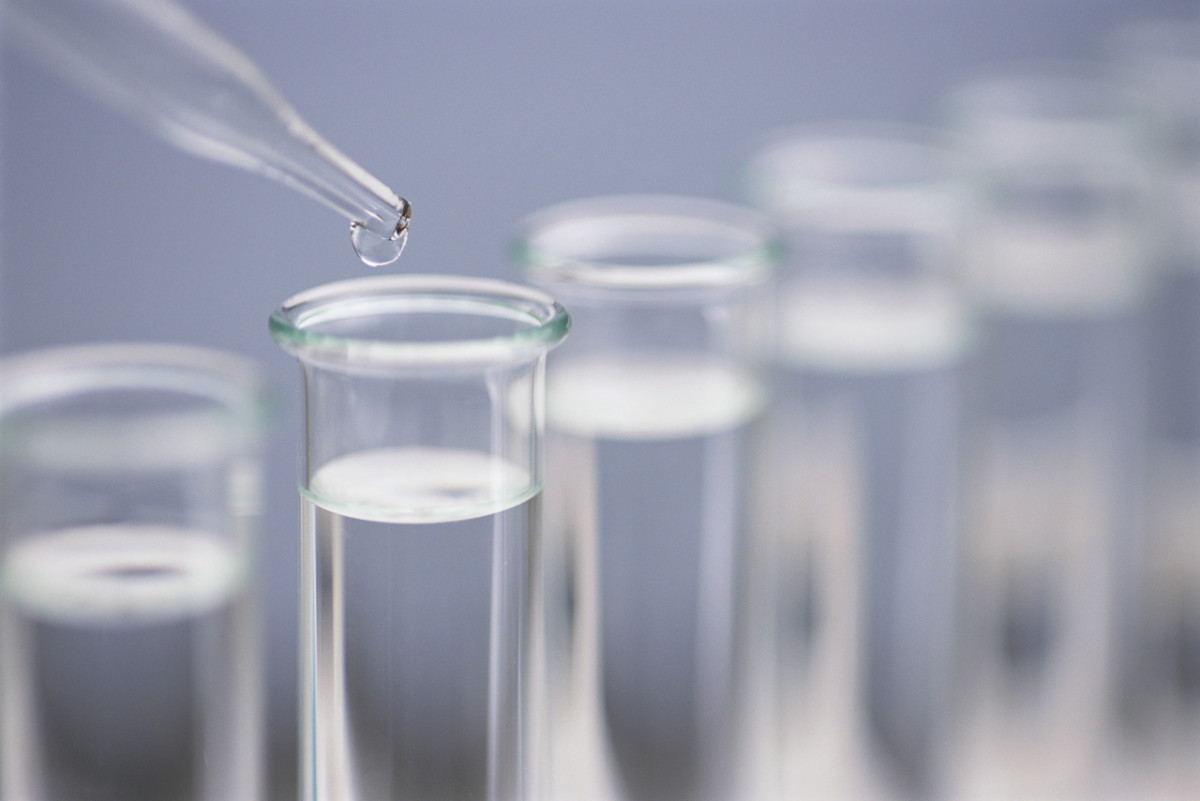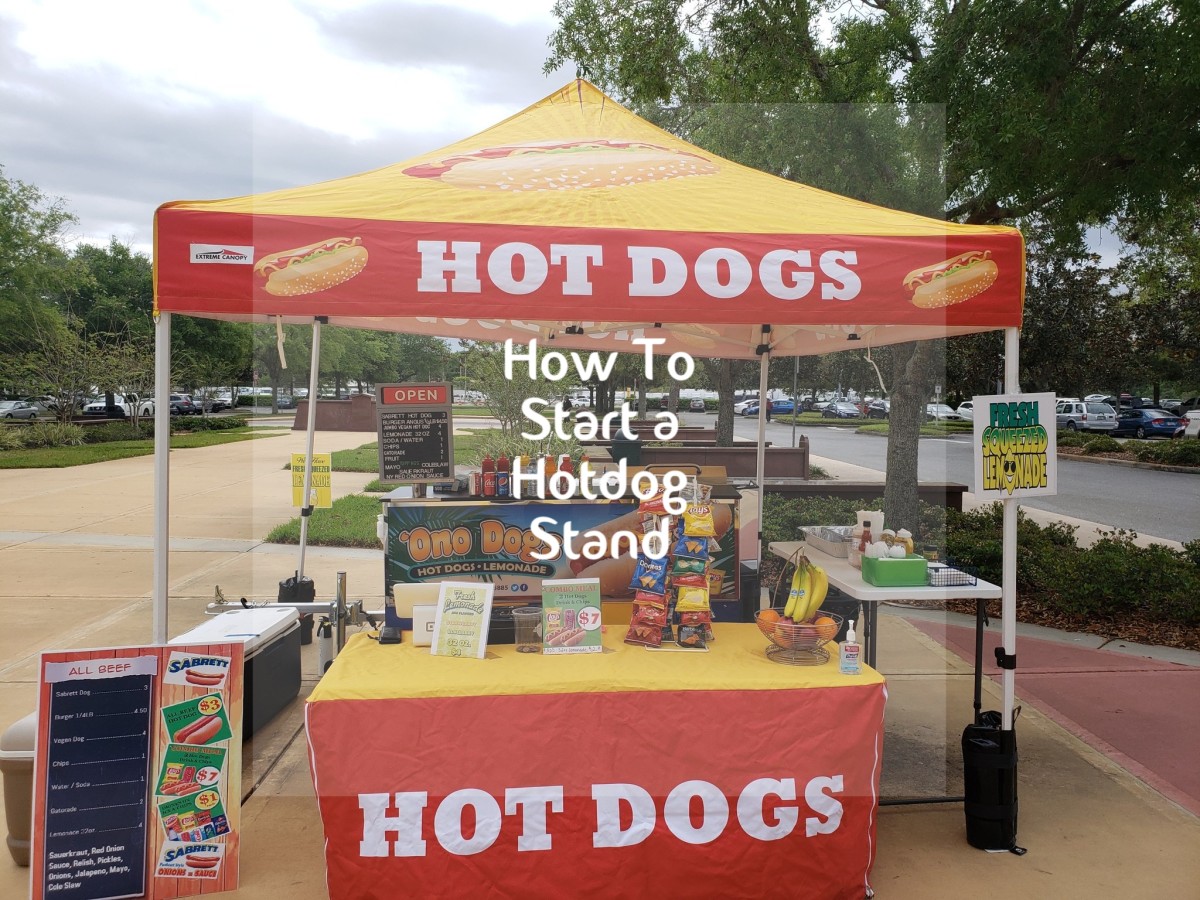Water Refilling Station Business in the Philippines
Not All Water Refilling Stations Are Created Equal
According to the World Health Organization (WHO), about 3.4 million people die annually from water-related diseases. About a million Filipinos get sick with water-borne diseases yearly. And these are diarrhea cases alone. They don’t include other water-borne disease like amoebiasis, crypto-sporidiosis and cholera.
Water refilling stations can help address the water contamination problem by ensuring access to clean water.
Here are questions to ask before patronizing a water refilling station.
1. Does the Water Refilling Station Have a Performance Data Sheet for its Purification or Filtration System?
This sheet lists all the contaminants the system is certified to remove and to what degree. It also contains other certifications the company may have.
It is not the number of stages the water goes through that makes water clean, but the ability of those stages to reduce contaminants.
The high mark in the Public Health Industry is the National Sanitation Foundation International.
NSF International, a World Health Organization collaborating center in public health, is the recognized global authority in the area of public health. NSF certifications and registrations are recognized by governments and independent laboratories globally.
If the main filtration system is certified and registered by the NSF, you are assured of good quality.
2. Does the Station Employ Best Manufacturing Practices?
Make a visual inspection of your prospective water refilling station.
Is the production area visible and open for inspection by customers? If it is, chances are it uses good manufacturing processes. Is the production area clean and regularly disinfected? Is the production crew wearing scrub suits, aprons, rubber gloves, hair nets and face masks? Do they use ozonated water to clean and disinfect the plastic containers before filling them up with product water? If so, that's a good sign.
3. Does the Station Follow Department of Health (DOH) Guidelines?
Here are some regulations of the Department of Health (DOH) for water refilling stations.
The production area must be at least 25 square meters, enclosed and air-conditioned, and separate from the receiving area. These procedures prevent contamination.
Whether the refilling station’s main purification system is reverse osmosis, distillation or micron/carbon block filtration, the DOH mandates that it should be supported by an ozonator. Ozonation eliminates all bacteria, mold, fungi and viruses. An ultra violet light over the water-dispensing spout is likewise required as protection against microorganisms.
The DOH also recommends the use of “virgin plastic material” in the use of caps. A “single, one-time” use of caps for plastic gallons will ensure you get a new cap every time.
Many refilling stations recycle caps. There is a risk the caps were not disinfected. As the caps get recycled, they also become loose, making the container prone to contamination.
Lastly, the DOH requires refilling stations to have their product water tested every six months for microorganisms.
The laboratory must be DOH accredited, and the result should be negative for fecal and total coliform presence.
4. Is the Station Enrolled in an Equipment Maintenance Program?
This program will ensure that the purification or filtration system is in top condition and that replacement parts and filters get replaced as specified in the manufacturer’s manual.
5. What's the Best Form of Purification: Micron Filtration, Distillation, or Reverse Osmosis?
There are no “bad” water filtration or purification systems. Any filter or purification is better than none.
While there are good arguments on both sides of this debate, a consensus is forming that filtered water with healthy minerals may be the best.
The human body was designed to run on water that exists naturally on our planet, water that contains traces of inorganic minerals such as calcium, magnesium and potassium.
Distillation and the reverse osmosis system produce de-mineralized water with an acidic PH. Recent reports claim that prolonged consumption of distilled or de-mineralized water can lead to some form of mineral deficiency.
Water by nature has to balance itself. When the minerals are stripped from the water, it causes the PH to drop and water becomes acidic. It then seeks to balance itself by taking on minerals, primarily calcium. If we consume de-mineralized water, it will actually pull minerals from our body.
With de-mineralized water (distilled or reverse osmosis), you get clean water. With micron-filtered water, you get clean water with minerals. The choice is yours.






